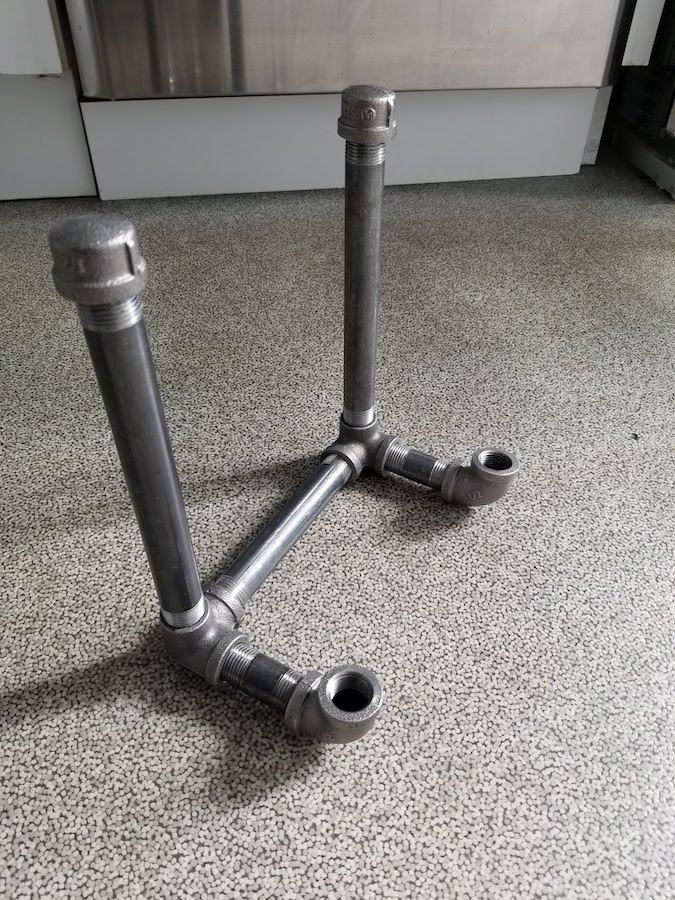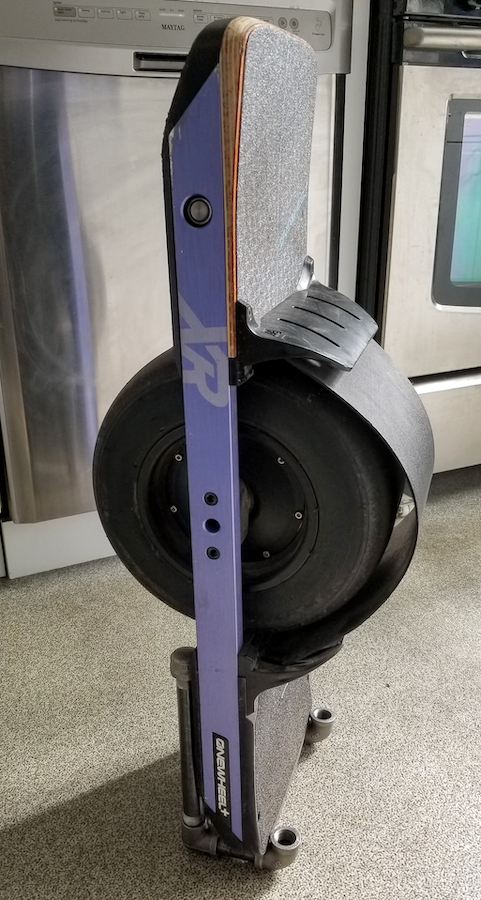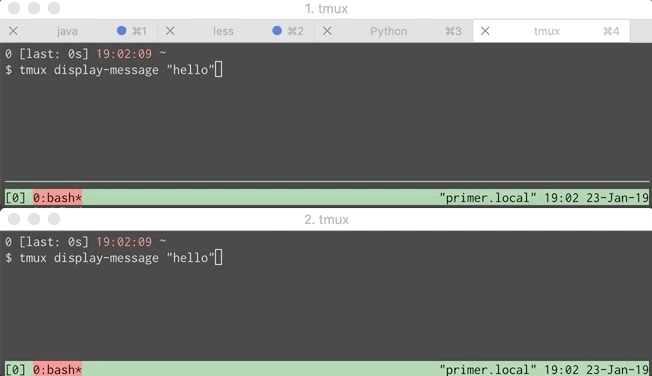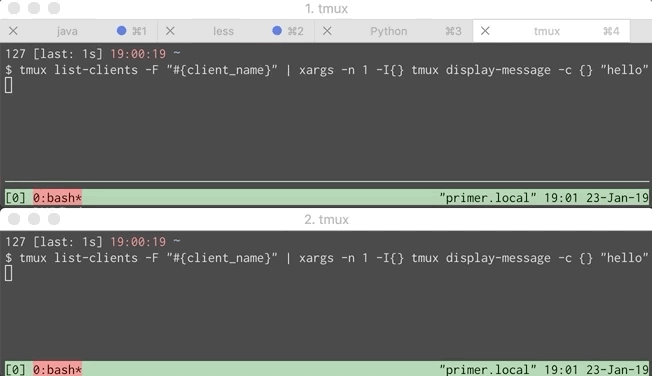At the beginning of every year I reflect on the previous year of reading. I take a look at my records, fix errors, and think about reading goals for the upcoming year.
Here are links to my previous end-of-year reflections: 2013, 2014, 2015, 2016, 2017, and 2018.
I’ve continued to keep track of my reading using Goodreads. My profile has nearly the full list of the books I’ve read since 2010. This is my 2019.
2019 Goal
I have a stack of software and process books and I’d like to read through at least some of them (others are more reference books). I’m also going to bring over the 2018 goal of reading at least one book on writing. In a more general sense, I’m hoping to put some practices together that help me gain more from the books I’m reading. I’m still thinking through what that means. - Me last year
That was my goal for 2019. In list form it looks like this:
- Read some software or process books
- Read at least one book on writing
- Try to develop practices for getting more from books I’ve read
I read eight books related to the first goal and two (or three if I count an iffy one) related to the second. That is enough where I feel pretty good about claiming I accomplished the first two goals.
I mostly failed on the third goal. I was more aggressive about highlighting notes in my Kindle and I did occasionally look back at them. Beyond that I didn’t do anything.
Highlights
Here are my five star books from 2019. The titles are affiliate links to Amazon, so if you click one of those and make a purchase I get a small kickback1.
- Accelerate: Building and Scaling High-Performing Technology Organizations by Nicole Forsgren, Jez Humble, and Gene Kim (my review)
- Elements of Clojure by Zachary Tellman (my review)
- A Tour of C++ by Bjarne Stroustrup (my review)
- Developer Hegemony: The Future of Labor (my review)
- Digital Minimalism: Choosing a Focused Life in a Noisy World by Cal Newport
- Effective Java by Joshua Bloch (my review)
- 21 Lessons for the 21st Century by Yuval Noah Harari (my review)
- Draft No. 4: On the Writing Process by John McPhee (my review)
- The Push: A Climber’s Journey of Endurance, Risk and Going Beyond Limits by Tommy Caldwell (my review)
- The Nickel Boys by Colson Whitehead
- The Great Believers by Rebecca Makkai (my review)
- The Bonfire of the Vanities by Tom Wolfe (my review)
- The Paper Menagerie and Other Stories by Ken Liu (my review)
- Exhalation: Stories by Ted Chiang (my review)
- Golden Son (Red Rising, #2) by Pierce Brown
- Morning Star (Red Rising Saga, #3) by Pierce Brown
- Iron Gold (Red Rising Saga, #4) by Pierce Brown (my review)
- Dark Age (Red Rising Saga #5) by Pierce Brown
- Animal Farm by George Orwell (my review)
Accelerate: Building and Scaling High-Performing Technology Organizations by Nicole Forsgren, Jez Humble, and Gene Kim
This is a stellar book on practices of technology organizations that help build high performing companies. If you work at a company that produces software in any capacity, I’d highly recommend this book. This is a book that I’ve recommended to any coworker looking, and some not looking, for book recommendations.
Elements of Clojure by Zachary Tellman
This book has Clojure in the title but it is applicable to more than that language. The book was published a section at a time and as a result I’ve read parts of it many times. The content clearly shows that Zach has put a lot of thought into the topic.
A Tour of C++ by Bjarne Stroustrup
I’ve written C++ off and on since I started programming nearly 20 years ago. Over those years, I’ve seen C++ transform as new versions were released. Earlier in 2019, I was starting to write C++ again and this book was recommended by a coworker. I had last written C++ back in 2013 and this book was a perfect way to refresh my stuck in early 2013 knowledge. There is no fluff in this book and it is full of useful information.
Developer Hegemony: The Future of Labor
This is a tough read. It isn’t tough because of difficult writing. It is tough because it makes you depressed until you power through and reach the end.
This book delivers a very cynical look at corporations. It provides guidelines for getting ahead and climbing the corporate ladder.
Then the book promotes an alternative approach, that of doing your own thing and going independent. It makes a good case of it.
Beware of this one, it might make you question what you are doing with your career and life.
Digital Minimalism: Choosing a Focused Life in a Noisy World by Cal Newport
There is a common theme of awareness throughout many of the books I read and this book hits that theme. This book can help you become a more thoughtful user of technology. There are many useful recommendations in this book. One of them is the suggestion that you can use social media and other technology differently than how the creators want you to use it. In 2019 I wrote about how I use social media which shows how I apply this idea.
Effective Java by Joshua Bloch
I’ve read earlier editions in the past and decided to read the latest edition when it seemed like I’d be writing Java again. This book is still good and a must read if you work with Java.
21 Lessons for the 21st Century by Yuval Noah Harari
This book covers a lot of ground.
Here is a quote from my friend Steven Deobald about this book.
Through stories and anecdotes woven into his almost unbelievably extensive research as a historian, “21 Lessons” is perhaps as entertaining and insightful as any other book I’ve read. It is accessible to anyone and the ideas presented regarding the fate of our species are stitched together beautifully. The arc of the 21 chapters has a progressive, almost orchestral, quality to it. Each chapter builds on all those which precede it and although some chapters have surprisingly variable writing styles, none feels like Harari is attempting to showboat or to force his medium into the overly artistic.
Draft No. 4: On the Writing Process by John McPhee
This was a pleasure to read. I like reading books about writing and this is a good one that talks about McPhee’s approach towards creative non-fiction.
The Push: A Climber’s Journey of Endurance, Risk and Going Beyond Limits by Tommy Caldwell
What can I say? I’m a sucker for books on climbing and learning more about the icons of the sport I love. If you’ve watched the movie The Dawn Wall then some of this will be familiar to you.
The Nickel Boys by Colson Whitehead
This is a great book. Go read the Goodreads page and pick it up.
The Great Believers by Rebecca Makkai
A friend of mine gave me a copy of this book and I’m glad she did. It tells the story of the AIDs epidemic in Chicago. This is a great piece of writing. I’m not surprised at all that it has won many awards.
The Bonfire of the Vanities by Tom Wolfe
This book is great. The satire just drips off the pages. There are passages in this book where you can just feel the anxiety of the characters.
Every character is despicable and it is wonderful.
The Paper Menagerie and Other Stories by Ken Liu
This was my second time reading this book. It is an excellent collection of short stories.
The first time I read this book, in 2016, I read the stories in order. This time I took advantage of the Kindle’s estimate of how long a chapter would take and I jumped around, picking out stories that fit how long I wanted to read. Both ways of reading this collection were excellent.
Exhalation: Stories by Ted Chiang
I absolutely loved Ted Chiang’s Stories of Your Life and Others and was excited when this collection of stories was published. I had high hopes for this collection and I was not disappointed.
Some of the stories I had read prior to them being included in this collection but that didn’t matter. I enjoyed reading the new stories and revisiting the previously published ones.
We don’t normally think of it as such, but writing is a technology, which means that a literate person is someone whose thought processes are technologically mediated. We became cognitive cyborgs as soon as we became fluent readers, and the consequences of that were profound.
That is a quote from a story in this collection. It felt right to include it in an article about reading.
Golden Son, Morning Star, Iron Gold, and Dark Age by Pierce Brown
The four titles above are books two through five in Pierce Brown’s Red Rising saga. I also read the first book in the series, Red Rising, in 2019 but it only earned a four star rating from me. I obviously enjoyed this series and devoured it.
The books tell the story of a world full of inequality. The world created is full of interesting characters and dilemmas.
Animal Farm by George Orwell
This was either my second or third time reading Animal Farm. It is still good. Reading it in 2019 and mapping in book behavior to the modern political climate was interesting.
Non-Five Star highlights
- Irresistible: The Rise of Addictive Technology and the Business of Keeping Us Hooked by Adam Alter (my review)
- Permanent Record by Edward Snowden (my review)
- Atonement by Ian McEwan (my review)
- I Hear You by Michael S. Sorensen (my review)
- Recursion by Blake Crouch (my review)
- Version Control by Dexter Palmer (my review)
Irresistible: The Rise of Addictive Technology and the Business of Keeping Us Hooked by Adam Alter
Yet another book that is at least somewhat about awareness. This book talks about behavioral addiction but not just addictive technology.
Is it the single book out of the handful of books I’ve read in this space that I’d recommend? No, but it is a good addition to my collection on the topic.
Permanent Record by Edward Snowden
I consider myself fairly knowledgeable about Snowden and what he did but I still learned more through this book. One part I particularly enjoyed was Snowden reflecting on what has changed since his actions.
Another part I particularly enjoyed was Snowden’s telling of the early Internet. This was an Internet where identities online weren’t necessarily tied to a real one. I’m approximately the same age as Snowden and had similar experiences with being a young person during the early Internet days. It was interesting to be reminded of that time while reading this book.
I highlighted a lot of passages and there are probably more I should have highlighted.
Atonement by Ian McEwan
This book was so close to being five stars. I started reading this book because I mistook the title for that of a science fiction book I’ve been intending to read. I’m glad I did.
It took me a little while to get into the book but once I did I was hooked.
Here is a review from one of my friends that captures some of what I felt about this book.
I Hear You by Michael S. Sorensen
It provides some guidance towards being a more validating person. The book is short and to the point. I’ve managed to take some of its advice and I think it has been useful.
Recursion by Blake Crouch
This was really good. It is action packed and an interesting concept.
Version Control by Dexter Palmer
I really enjoy this book. It tells the story of a relationship with bits of science fiction. I really enjoyed my friend Dan’s review.
Stats
The page count numbers for 2019 books are a bit screwed up so I’m only doing a books per month graph this year.
Unsurprisingly, electronic books continue to be the dominate format.
1 2 3 4 5 | |
This year I read a noticeably higher amount of non-fiction books than in 2018.
1 2 3 4 | |
2020 Goals
I was encouraged by how many non-fiction books I read this year and how many of them ended up earning a five star rating. I’d like to continue that trend of reading high-quality non-fiction books.
I’ve also been reading a lot of books but I haven’t always been the best at trying to consciously apply the lessons from those books. I’m going to try to improve that this year.
Those are pretty fuzzy goals but I’m alright with that.
- I’m not really sure why I bother doing this. I’d write these posts without this incentive and I think my lifetime earnings are maybe in the double digits.↩









